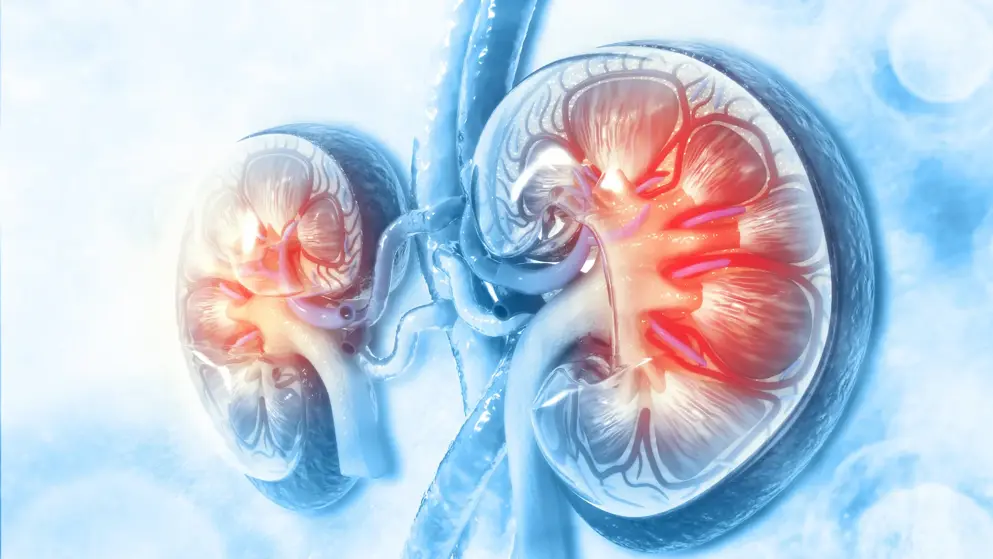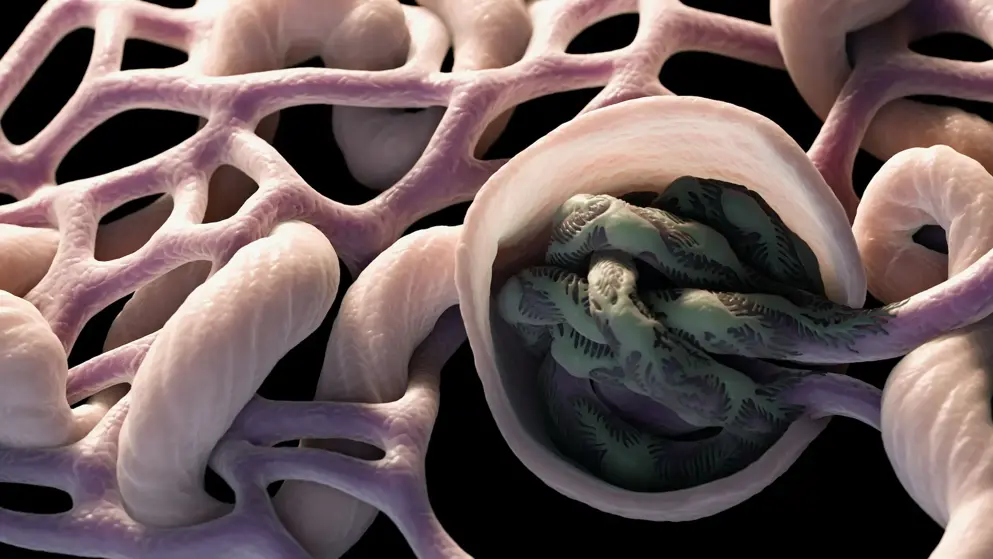Does dietary potassium intake associate with hyperkalemia in patients with chronic kidney disease?
Does dietary potassium intake associate with hyperkalemia in patients with chronic kidney disease?
Background: Dietary potassium restriction is a strategy to control hyperkalemia in chronic kidney disease (CKD). However, hyperkalemia may result from a combination of clinical conditions. This study aimed to investigate whether dietary potassium or the intake of certain food groups associate with serum potassium in the face of other risk factors.
Methods: We performed a cross-sectional analysis including a nondialysis-dependent CKD (NDD-CKD) cohort and a hemodialysis (HD) cohort. Dietary potassium intake was assessed by 3-day food records. Underreporters with energy intake lower than resting energy expenditure were excluded. Hyperkalemia was defined as serum potassium >5.0 mEq/L.
Results: The NDD-CKD cohort included 95 patients {median age 67 [interquartile range (IQR) 55-73] years, 32% with diabetes mellitus (DM), median estimated glomerular filtration rate 23 [IQR 18-29] mL/min/1.73 m2} and the HD cohort included 117 patients [median age 39 (IQR 18-67) years, 50% with DM]. In NDD-CKD, patients with hyperkalemia (36.8%) exhibited lower serum bicarbonate and a tendency for higher serum creatinine, a higher proportion of DM and the use of renin-angiotensin-aldosterone system blockers, but lower use of sodium bicarbonate supplements. No association was found between serum and dietary potassium (r = 0.01; P = 0.98) or selected food groups. Conditions associated with hyperkalemia in multivariable analysis were DM {odds ratio [OR] 3.55 [95% confidence interval (CI) 1.07-11.72]} and metabolic acidosis [OR 4.35 (95% CI 1.37-13.78)]. In HD, patients with hyperkalemia (50.5%) exhibited higher serum creatinine and blood urea nitrogen and lower malnutrition inflammation score and a tendency for higher dialysis vintage and body mass index. No association was found between serum and potassium intake (r = -0.06, P = 0.46) or food groups. DM [OR 4.22 (95% CI 1.31-13.6)] and serum creatinine [OR 1.50 (95% CI 1.24-1.81)] were predictors of hyperkalemia in multivariable analyses.
Conclusions: Dietary potassium was not associated with serum potassium or hyperkalemia in either NDD-CKD or HD patients. Before restricting dietary potassium, the patient's intake of potassium should be carefully evaluated and other potential clinical factors related to serum potassium balance should be considered in the management of hyperkalemia in CKD.
Read abstract on library site Access full article
Featured Learning Zones
You may be interested in...
The 2023 update of the German Society of Neurology’s guideline on Parkinson’s disease (PD) provides detailed recommendations on the use of transcranial brain parenchyma sonography (TCS) for early and differential diagnosis. This update addresses previously unspecified diagnostic criteria and investigator qualifications, offering a robust framework based on a systematic literature review.




